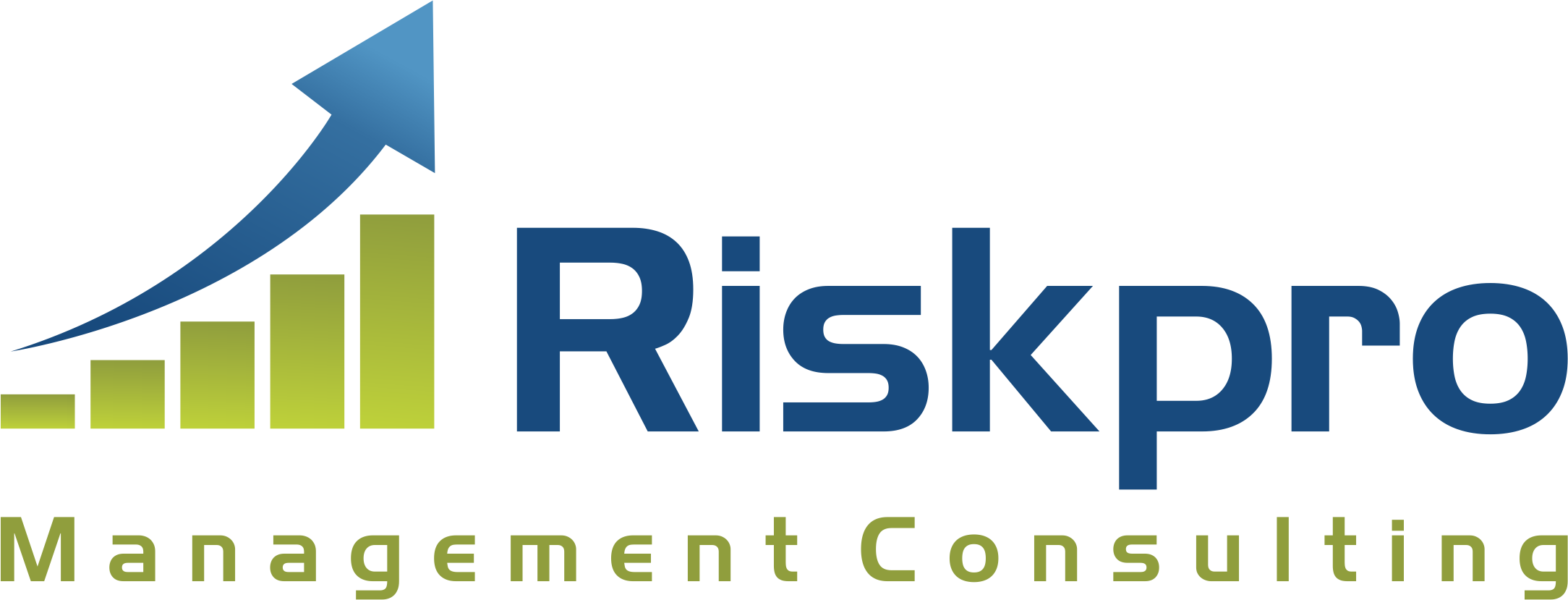The FATF has released a report on art market money laundering. It identified the art and antiquities market as a vulnerable sector for money laundering and terrorist financing. The market is characterized by high value, low transparency, and a lack of regulation. This makes it attractive to criminals looking to launder illicit funds or finance terrorist activities.
The FATF also highlights the need for increased regulation and due diligence to combat the peril of art market money laundering. Many countries lack specific regulations for the sector, making it difficult to monitor transactions and identify suspicious activity. The paper suggests that regulators and law enforcement agencies work closely with the industry to develop effective regulatory frameworks and to raise awareness of the risks of money laundering and terrorist financing.
Trends in Art Market Money Laundering
The FATF identifies several trends in its paper on money laundering and terrorist financing risks and vulnerabilities associated with the art market. Riskpro Learning analyses these papers and makes it available to the public. These trends include:
- The use of shell companies: Criminals often use shell companies to conceal their identity and to obscure the true ownership of artworks. This makes it difficult for law enforcement agencies to identify the beneficial owner and to track the flow of funds.
- The use of cash transactions: The art market money laundering is often characterized by high-value transactions that are conducted in cash. This makes it easy for criminals to launder illicit funds without leaving a paper trail.
- The use of intermediaries: Criminals often use intermediaries, such as art dealers, auction houses, and advisors, to launder funds or to finance terrorist activities. These intermediaries can be vulnerable to exploitation, and they may not be subject to the same regulatory oversight as other financial institutions.
- The lack of transparency: The art market is often characterized by a lack of transparency, particularly in areas such as provenance, authentication, and valuation. This makes it difficult to establish consistent due diligence standards and to identify suspicious activity.
- The lack of regulation: Many countries lack specific regulations for the art market, making it difficult to monitor transactions and identify suspicious activity. This has led to calls for greater regulation and oversight of the sector.
Red flags of Art Market Money Laundering
FATF paper on Money Laundering and Terrorist Financing in the Art and Antiquities Market identifies several red flags that may indicate money laundering or terrorist financing in the sector. These red flags include:
- The use of cash transactions: High-value transactions conducted in cash, particularly if the buyer or seller is from a high-risk country or region, may indicate the use of illicit funds.
- The use of shell companies or complex ownership structures: These can be used to conceal the identity of the beneficial owner and obscure the flow of funds from the art market money laundering schemes.
- The use of intermediaries: Criminals may use intermediaries, such as art dealers, auction houses, and advisors, to launder funds or to finance terrorist activities. These intermediaries can be vulnerable to exploitation, and they may not be subject to the same regulatory oversight as other financial institutions.
- Unusual payment arrangements: Payments made in unusual currencies or through unusual payment channels may indicate attempts to obscure the source of funds.
- Lack of provenance or authentication: Artworks with incomplete or questionable provenance or authentication may be used to launder funds or to finance terrorist activities.
- Transactions involving high-risk countries or regions: Transactions involving buyers or sellers from high-risk countries or regions, particularly those subject to sanctions or other international restrictions, may indicate the use of illicit funds from art market money laundering.
- Unusual timing or patterns of transactions: Transactions that are unusually timed or that follow unusual patterns may indicate attempts to launder funds or to finance terrorist activities.
One of the key challenges in regulating the art market money laundering activities is the lack of standardization in the sector. Each artwork is unique, and its value is subjective, making it difficult to establish consistent due diligence standards. The paper recommends that the industry works towards standardization in areas such as authentication, provenance, and valuation.
The FATF also identifies the role of intermediaries in the art market, including art dealers, auction houses, and advisors. These intermediaries can be vulnerable to exploitation by criminals, who may use them to launder funds or to finance terrorist activities. The paper recommends that intermediaries be subject to greater due diligence and that they work towards greater transparency in their transactions.

